Delhi Confidential: In Good Books – The Indian Express
In the bustling corridors of power and politics, were decisions are made and stories unfold, the capital city of Delhi frequently enough serves as a stage for crucial narratives that shape the nation’s discourse. The Indian Express’s “Delhi Confidential” brings a unique lens too these developments, offering insights that blend the personal with the political. This column not only chronicles the latest happenings in the heart of India’s government but also dives into the literary and cultural conversations that flow through the city. With its keen eye for detail and commitment to journalistic integrity, “Delhi Confidential: In Good Books” sheds light on the influential figures, emerging trends, and the vibrant tapestry of narratives that define contemporary Delhi. In this article, we explore the significance of this column and examine how it reflects the multifaceted dynamics of life in the capital, providing readers with a deeper understanding of both the overt and subtle currents that shape politics and culture in india today.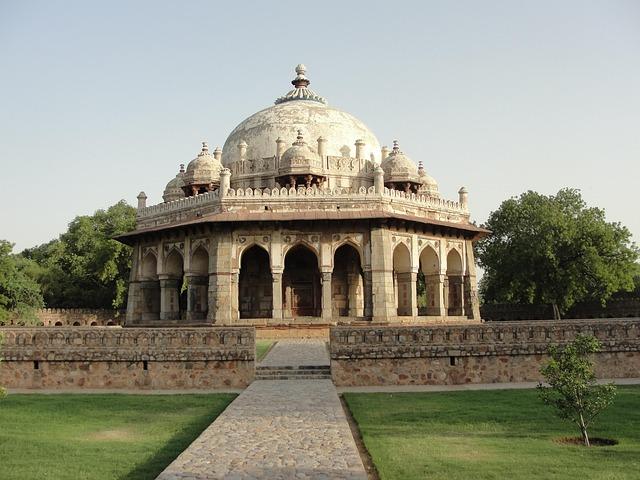
Delhi Confidential Analysis of Recent Developments in Delhi’s Political Landscape
in the ever-evolving political landscape of Delhi,recent developments have sparked a range of reactions from various stakeholders. The resurgence of seasoned leaders within the Delhi Assembly has opened avenues for intensified political dialogues, pitching old rivals against each other with renewed vigor. Notably,the Aam Aadmi Party (AAP) and the Bharatiya Janata Party (BJP) continue to engage in a tug-of-war over crucial legislative issues,especially concerning governance and public welfare.The ongoing tussle has lead to the formation of various factions, prompting politicians to align more strategically with emerging social movements, and enhancing the intersection of politics with grassroots activism.
Moreover, the reaction of the populace has been indicative of shifting allegiances. As political parties navigate these changes, several factors have come into play:
- Grassroots Mobilization: Increased efforts to engage citizens directly.
- Digital Outreach: Enhanced utilization of social media platforms to capture youth attention.
- Policy Reforms: The introduction of new initiatives aimed at improving infrastructure and public services.
As the Delhi political scene continues to unfold, it becomes evident that voters are keenly observing these dynamics, promising a competitive edge as parties gear up for future elections. The balance of power remains tenuous, and the coming months will be pivotal in determining not only the fate of the incumbent parties but also the overall trajectory of Delhi’s governance.
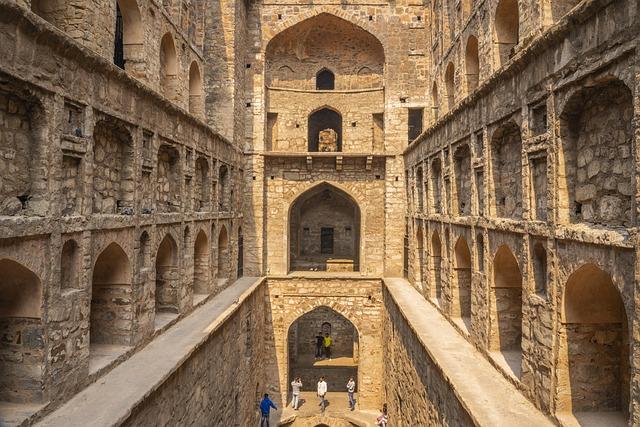
Impact of Policy Changes on Governance and Public Welfare
The recent policy shifts in Delhi’s governance landscape have sparked a debate on their efficacy and alignment with the needs of public welfare. Notably, the introduction of more stringent regulations aims to enhance openness and accountability within governmental functions. Observers point out that these changes are not merely regulatory updates but rather a profound recalibration of how public service is perceived and delivered. As officials adapt to these new frameworks, thay are expected to prioritize the welfare of the citizens in their decision-making processes, focusing on sustainable progress and equitable resource distribution.
While the positive outcomes of these policy changes might take time to materialize, the potential long-term benefits are significant. Key areas impacted include:
- Health Sector Improvements: Enhanced funding for public health initiatives is crucial for expanding access to essential healthcare services.
- Education Reforms: A renewed focus on quality education aims to bridge the gap between urban and rural areas.
- Environmental Regulations: Stricter measures against pollution promise a healthier living environment for all residents.
To quantify some of the effects, a table summarizing various policy changes and their anticipated impact demonstrates the broader implications for governance and public welfare:
| Policy Change | Intended Outcome | Timeline for Implementation |
|---|---|---|
| increased Budget for Education | Enhanced Resources for Schools | 2023-2025 |
| Stricter Emission Norms | Improved Air Quality | 2024 |
| Healthcare Expansion Initiatives | Access to Worldwide Healthcare | 2023-2026 |
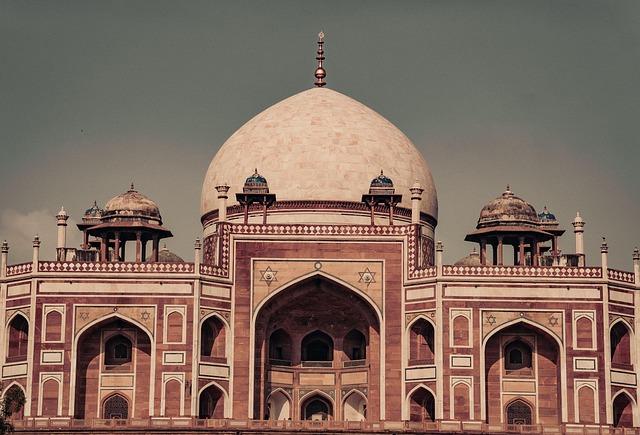
Key Figures Influencing the Current Political Narrative
The current political landscape is being substantially shaped by a handful of influential figures, each wielding their unique power and relevance. Political leaders, such as Prime Minister Narendra Modi, continue to dominate the dialog, not just through policies but also by cultivating a robust public persona. Alongside him, regional leaders like Mamata Banerjee and K.Chandrashekar Rao are redefining state-level politics, pushing agendas that frequently challenge the central narrative.Moreover, political analysts and strategists, such as Prashant Kishor, play a pivotal role in shaping electoral narratives, helping parties to fine-tune their messages for maximum impact, especially during critical election cycles.
Meanwhile, the influence of media moguls and digital platforms has never been more pronounced, with news channels and social media platforms shaping public opinion almost in real-time. Figures like Arnab Goswami and the growing presence of platforms like Twitter and Facebook are setting the stage for political conversations,often leading to an environment ripe for both constructive debate and division.The reliance on data analytics by political campaigns has also increased, as seen with rising trends in using apps like Koo for localized outreach. Coupled with the deepening socio-economic divides and the role of youth activism, these key figures collectively help to create a dynamic and often volatile political narrative.
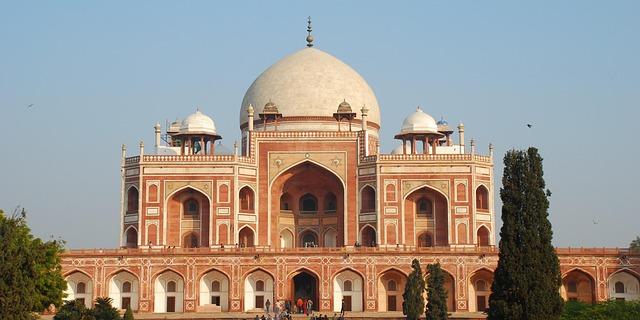
Recommendations for Strengthening Civic Engagement and Transparency
To foster a thriving democratic environment, it is indeed imperative to enhance civic engagement at all levels of governance. Community forums, town hall meetings, and interactive workshops can serve as platforms for citizens to voice their concerns and contribute to policy discussions. Furthermore, leveraging technology can bridge gaps between the public and decision-makers by utilizing online surveys, social media platforms, and mobile applications designed for feedback collection. Inclusive practices should be prioritized to ensure that often underrepresented groups can participate, thereby enriching democratic dialogue.
Another key aspect of strengthening accountability is the implementation of transparency initiatives. Governments at every level should adopt open data policies that make important public data readily accessible. Public bodies should also be mandated to provide timely updates on administrative decisions, expenditure reports, and project statuses. To further this commitment, the establishment of an self-reliant oversight board could provide regular assessments of government actions, fostering a culture of transparency that encourages citizen scrutiny and participation in governance.
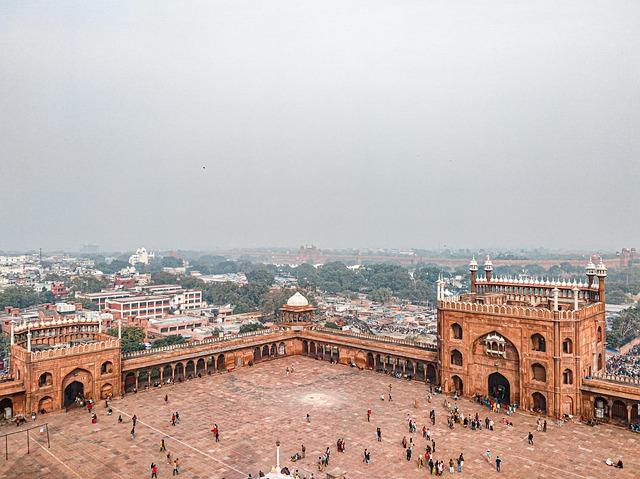
Exploring the Role of Media in Shaping Public Opinion
The influence of media on societal perspectives cannot be overstated. Across various platforms, from customary newspapers to social media, headlines and stories are carefully curated, shaping the way people perceive events, issues, and figures. In the dynamic landscape of today’s information age, the media serves not just as a source of information but also as a powerful tool that frames narratives. Audiences often consume content that reinforces their existing beliefs, thus creating echo chambers that further entrench polarized views. Key factors contributing to this phenomenon include:
- Selective Reporting: Stories highlighting certain viewpoints while omitting others can skew public perception.
- Framing Techniques: The choice of words, images, and angles can dramatically alter the context in which an event is viewed.
- Repetition of Themes: Frequent exposure to particular narratives can normalize specific perspectives, affecting audience attitudes.
Moreover, the role of digital media has intensified the power of public opinion formation.With the rise of misinformation, fact-checking has become indispensable to uphold journalistic integrity. Well-researched content provides clarity, while sensationalist headlines can mislead and manipulate. The responsibility of media, thus, extends beyond reporting; it involves educating the public to discern fact from fiction.An analysis of how different media outlets approach coverage reveals distinct patterns that impact opinion. The table below illustrates these differences, showcasing varying editorial slants on key issues:
| Media Outlet | Editorial Slant | Coverage Focus |
|---|---|---|
| The Indian Express | Centrist | Balanced reporting with emphasis on facts. |
| The Times of India | Commercial | Focus on trending topics with sensationalist angles. |
| Hindustan Times | Progressive | Social issues and advocacy for reforms. |
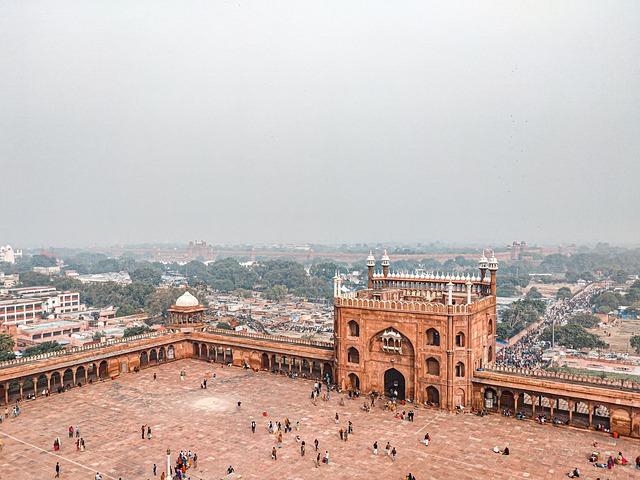
Future Trends: What to Expect in Delhi’s Political Scene
As the political landscape in Delhi continues to evolve, several future trends are likely to shape the city’s governance and electoral dynamics.Key factors driving these changes include:
- Increased Political Mobilization: A surge in grassroots movements is expected to empower local voices, fostering engagement among younger populations.
- Technological Integration: The use of social media and data analytics in campaigning will become more pronounced, allowing parties to target voters more effectively.
- Coalition Politics: With the rise of regional parties, the potential for alliances or coalitions to influence policy-making is becoming an important consideration.
Urban challenges like pollution, housing, and infrastructure will remain at the forefront, compelling political parties to create extensive policies. Future electoral strategies might involve:
| Strategy | Impact |
|---|---|
| Focus on Environmental Policies | Increased public support and potential voter mobilization. |
| Emphasis on Urban Development | Addressing voter concerns regarding infrastructure can yield electoral dividends. |
| Enhancing Public Services | Enhancement in public satisfaction and trust in governance. |
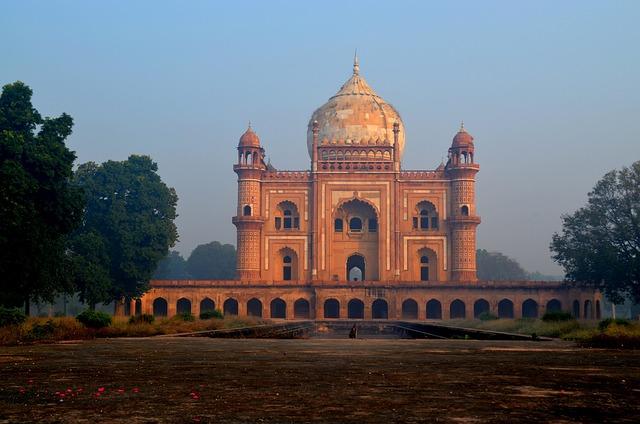
In Conclusion
“Delhi Confidential: In Good Books” offers a unique lens into the myriad narratives that shape the capital’s ever-evolving social and political landscape. Through its insightful commentary and sharp reporting,The Indian Express provides readers with a comprehensive understanding of the underlying currents that define contemporary Delhi. As the stories unfold, they not only reflect the pulse of the city but also engage citizens in the vital discourse surrounding governance, culture, and community. For those seeking to stay informed about the capital’s dynamic milieu, this column serves as an indispensable resource, bridging the gap between current events and public consciousness. As we navigate the complexities of life in India’s bustling heart, the narratives presented here prompt us to reflect on our role within this vibrant metropolis. Stay tuned for the next update, which promises to delve deeper into the facets of life in the capital, shedding light on the challenges and triumphs that characterize the Delhi experience.















